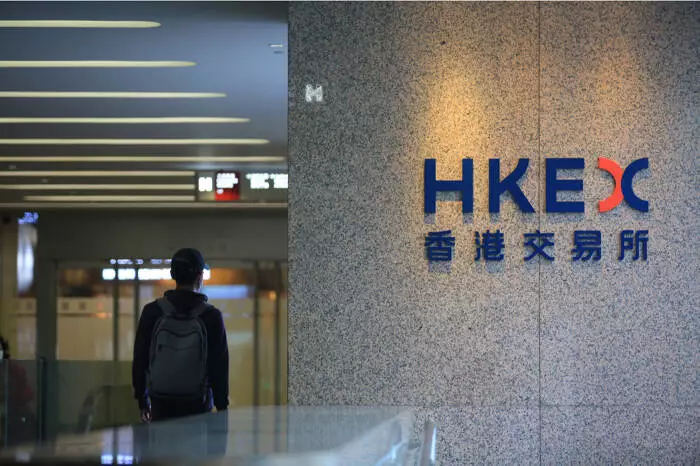The financial landscape of Asia experienced significant movements recently, particularly prominent in the Hang Seng Index which reported its most substantial week since October. As geopolitical tensions eased and advancements in artificial intelligence from China stimulated investor confidence, the Hang Seng Index surged by an impressive 4.49%. Within this context, the Hang Seng Technology Index saw even more robust growth, skyrocketing by 9.03%, indicating a sustained bullish outlook among technology investors.
Key players in the technology sector, namely Tencent and Alibaba, exhibited remarkable performance, with gains of 6.36% and 13.25%, respectively. This upswing reflects not only optimism around their earnings but also broader investor enthusiasm fueled by China’s burgeoning AI development. While these figures are uplifting, it is essential to recognize that they also serve as an indicator of how reliant the market has become on a few major entities performing well. As such, a downturn in these stocks could have pronounced implications for overall market health.
The positive sentiment was not just confined to the Hang Seng Index; it also permeated mainland China’s equity markets, with the CSI 300 and Shanghai Composite appreciating by 1.98% and 1.63%, respectively. Intriguingly, despite weaker-than-expected private sector PMI numbers, investors remained steadfast in their outlook. The Caixin Manufacturing PMI saw a slight decline from 50.5 in December to 50.1 in January, while the Services PMI experienced a drop as well, yet the market continued its rally unabated. This seemingly resilient market behavior underscores a tendency among investors to overlook short-term data in favor of a more optimistic long-term horizon, marked by tech advancements and potential trade resolutions.
The commodities sector displayed a mixed bag of results during this period. Gold, which is traditionally viewed as a safe haven, extended its winning streak to six consecutive weeks, closing at $2,860 after hitting a record high of $2,887. This surge reflects growing investor apprehension and a desire to hedge against inflation amidst rising economic uncertainties. Conversely, while iron ore spot prices increased by 0.98% to $813.68, crude oil witnessed a retracement due to fluctuating US inventory levels along with President Trump’s threats of retaliatory tariffs against countries reacting to America’s trade policies.
For the Australian markets, the ASX 200 saw a minor contraction of 0.24% at the end of the week. Nonetheless, sectors such as banking, mining, and technology continued to prop up market performance, spotlighting companies like Northern Star Resources, which benefitted from high gold prices. The support from falling US Treasury yields drew attention to Australian banking stocks, with the National Australia Bank and Commonwealth Bank of Australia both recording gains, demonstrating a healthy demand for higher-yielding investments amid low yields in the US.
In Japan, the Nikkei Index closed down by 1.03% as market participants reacted to key economic indicators that suggested the Bank of Japan (BoJ) might consider a rate hike in the first half of 2025. An increase in average cash earnings and a notable uptick in household spending created a complex landscape for investors who are wary of how these changes would affect corporate earnings moving forward. The USD/JPY currency pair saw a notable decline of 2.43%, closing at 151.90 in reaction to rate hike rumors, which links the strengthening yen to potential earnings challenges for export-heavy companies.
Moreover, the market’s volatility is expected to endure as geopolitical tensions simmer, particularly concerning trade and tariff negotiations between the US and China. The market operators must stay vigilant and adaptable, as ongoing economic indicators, monetary policy directives, and corporate earnings reports become pivotal in defining market trajectories.
Looking ahead, traders should brace for a period of potential volatility while maintaining a close eye on economic indicators that could signal shifts in market dynamics. Developments in monetary policy from central banks, particularly the BoJ and the RBA, will inevitably shape the future performance of key indices such as the ASX 200 and the Nikkei. Furthermore, as significant earnings reports approach from major players like Softbank Group and Sony Corp., the market sentiment is likely to fluctuate in response to emerging data, underscoring the necessity for strategic foresight in navigating this complex investment environment.

